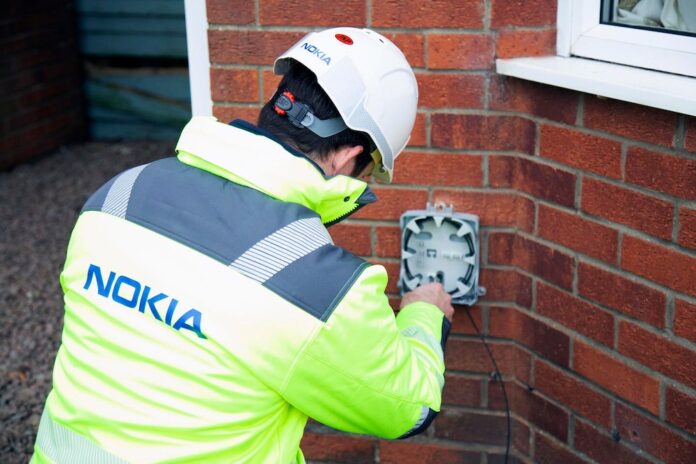Photonic engines to zoom data from homes to hubs
Austrian utility and infrastructure company Energie Oberösterreich has commissioned Nokia to build an optical transport network across 18 sites in Upper Austria after its telecom subsidiary became a victim of its own success. The telco division of the utility runs a fibre to the home service that has become so popular that the infrastructure needs an upgrade as traffic reaches 6 Terabits per second.
A networking subsidiary of Energie AG, Energie AG Telekom, runs a 7000 kilometre fibre optic network that can carry up to 6.4 Terabits per second of aggregated traffic but the workload is beginning to build now that consumers have discovered the potential services available to them. The new transport network can be scaled to tens of Terabits per second which, says Nokia in a release, will give Energie AG with ‘plenty of room’ to cater for growing demand.
“Investing in an optical transport network [could] vastly improve our customers’ experience as we continue to broaden our customer base,” said Energie AG Oberösterreich CEO Werner Steinecker. Energie AG will use the network to backhaul traffic from Fibre to the Home (FTTH) nodes in regional sites to two central sites. The installation of Photonic Service Switches (1830 PSS) and configuration of Photonic Service Engine (PSE) with Nokia network service software automation suite began in late August.
The Energie AG Oberösterreich group comprises subsidiaries and holdings that are active in multiple energy sectors, including electricity, natural gas and heating. It also runs waste disposal and water management services. The past two years have proved that omnipresent fibre is a key economic factor for any country, according to Patrick Langelaan, Nokia’s VP of Enterprise CBT Europe South. “Local and regional comms service providers can play an important role in providing this ultra-fast connectivity,” said Langelaan.


